Are you looking for an aggressive reply to the d4 opening? If so, I have the perfect aggressive chess opening for Black–Dutch defense.
Even though it's rarely seen today, many chess legends have surprised their opponents by opening with Dutch defense against d4. Alexander Alekhine used Dutch defense to win the Masters tournament organized by the Hastings chess congress in September 1922. He opened with this strategy against Efim Bogoljubov.
If you want to go offbeat and surprise your opponent with an unexpected strategy, I suggest using this opening. So, without any further delay, let's dive in.
Want to learn more chess openings against 1. d4? Chat with EnthuZiastic Chess Experts today to ace chess openings.
What is Dutch Defense?
It's a chess opening for Black against the queen's pawn 1.d4. The initial moves are 1.d4 f5 It imbalances White's pawn structure and ensures a fierce game for the Black.
Besides being a promising opening strategy, it also has its share of risk. Moving the f-pawn on the first move often affects the Black king's safety. As a result, many think the Dutch defense is similar to the Sicilian Defense.
Firstly, because of the similar pawn structure, and secondly, because of its aggressive nature. Nonetheless, this strategy has remained a popular strategy in high-level chess games. Chess players as famous as Hikaru Nakamura, Mikhail Botvinnik, David Bronstein, Magnus Carlsen, and Ian Nepomniachtchi have used this Black opening.
Did you know Persians invented the concept of chess openings?
Checkout the History of Chess to learn how shatranj became chess.

1. Variations of Dutch Defense Chess
The Leningrad Variation
In recent times, the Leningrad Variation is one of the most played variations of the Dutch. Black develops his dark-squared bishop to the second rank to keep the king safe in this variation. Furthermore, this bishop allows the center pawns to hold their squares and still be flexible. The moves are:
1.d4 f5
2.c4 Nf6
3.g3 g6

Chess players such as Alekhine and Nakamura have played this variation.
The Stonewall Variation
The moves of this opening strategy are:
1.d4 d5
2.e3 Nf6
3.Bd3 c5
4.c3 Nc6
5.f4
In the Stonewall variation, the Black player develops a white-squared pawn chain on squares f5, e6, d5, and c6. Later, they use the chain to block out White's pieces.
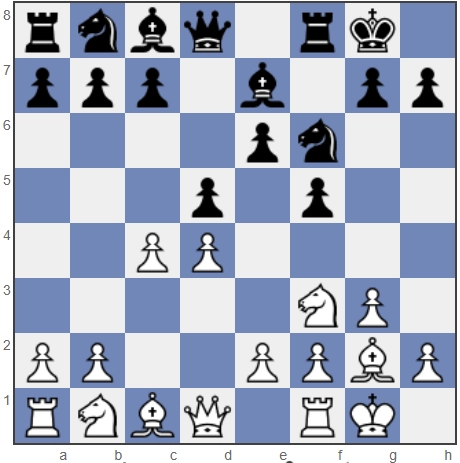
However, there's one risky factor–the pawn wall is unexpectedly inflexible.
The Ilyin-Zhenevsky System
Named after the Soviet master, Alexander Ilyin-Zhenevsky, the Ilyin-Zhenevsky System was established after the sixth move by the second player:
1. d4 f5
2. c4 Nf6
3. g3 e6 4.
Bg2 Be7
5. Nf3 O-O
6. O-O d6
7. Nc3 Qe8
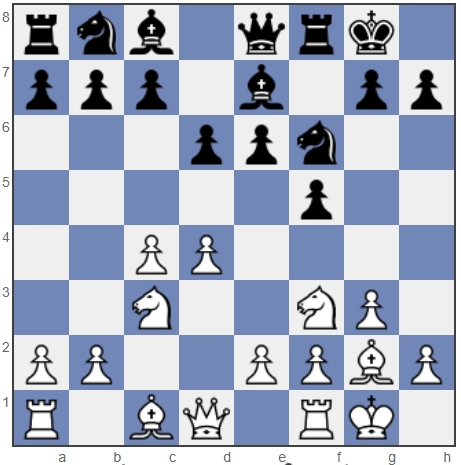
The Hopton Attack
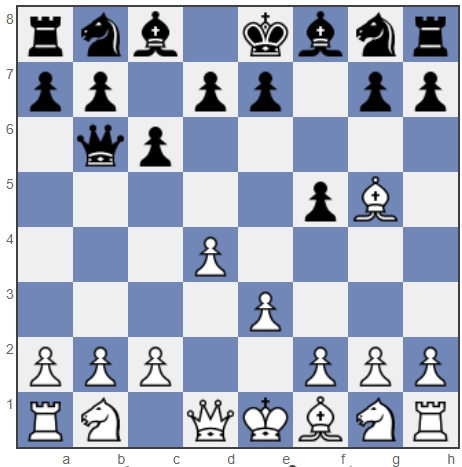
The Hopton Attack gained sudden popularity after 2015 when Hikaru Nakamura won an unexpected, aggressive game against Jovana Rapport. Many GMs have been seen using the Hopton Attack in various tournaments in recent times. The initial moves are:
1.d4 f5
2.Bg5 c6
3.e3 Qb6.
2. Famous Chess Matches Using Dutch Defense
Boris Gelfand vs. Hikaru Nakamura
2012 Hikaru Nakamura showcased his excellent grip over the Dutch defense at Wijk aan Zee, 2012. He opened the game against Boris Gelfand with the Dutch defense. His initial moves were:
1.d4 f5
2.c4 Nf6
3.g3 e6
He used the Leningrad variation by playing the following moves:
4.Bg2 Bb4+ 5.Bd2 Bxd2+ 6.Nxd2 Nc6 7.Ngf 3O-O 8.O-Od6
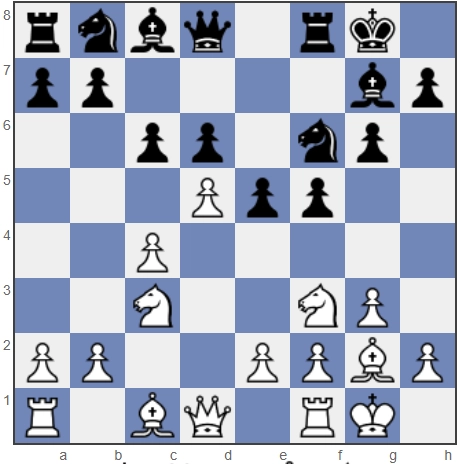
Jovana Rapport vs Hikaru Nakamura
2015 In 2015, when Hikaru Nakamura was already a known Dutch-opening expert, he decided to turn heads once again. He played Hopton Attack against Jovana Rapport at the Gibraltar Masters 2015.
He began with 1.d4 f5 2.Bg5 c6 3.e3 Qb6. Then, continued to play with 4.Nd2Qxb2 5.Rb1Qc3 6.g4Qa5 7.gxf5Qxf5 8.h4Qa5 9.Nh3g6 10.Bd3d6 11.Qf3Nd7 12.h5Ndf6 13.hxg6hxg6 14.Bxg6+Kd8 15.Bf4Kc7 16.Ng5Rxh1+ 17.Qxh1Bh6 18.Qh4Bd7 19.Bd3Nd5 20.Ne6+Bxe6 21.Bxh6Nc3 22.Ra1Qb4 23.Kf1Nxa2 24.Rd1Nc3 25.Re1Nxh6 26.Qxh6Bd7 27.f3a5 28.Kf2a4 29.Qg5Rh8 30.Qg3Nd5 31.Rd1c5 32.Bc4Nc3 33.Re1b50-1
Even though Rapport played the Anti-Dutch system 2.Bg5, Nakamura turned the game upside down by playing queen six times in his first 8 moves.
Some say it was the most dangerous way of playing the Dutch. In addition to risking his king's safety, Nakamura also let his pawn structure collapse. Eventually, he lost all the kingside pawns. As you can see, he had to move his king to c7. But, thanks to Nakamura's genius, he not only avoided concrete threats but also won the game.
Vishy Anand vs Magnus Carlsen
2015 Magnus Carlsen played the Dutch defense successfully in Grenke Chess Classic, 2015. His initial moves were: 1.d4 f5 2.g3 Nf6 3.Bg2 e6 4.c4 c6 5.Nf 3d Then, he decided to use the Stonewall variation against Vishy Anand: 6.O-O Bd6 7.b3 Qe7 8.Ne5 O-O
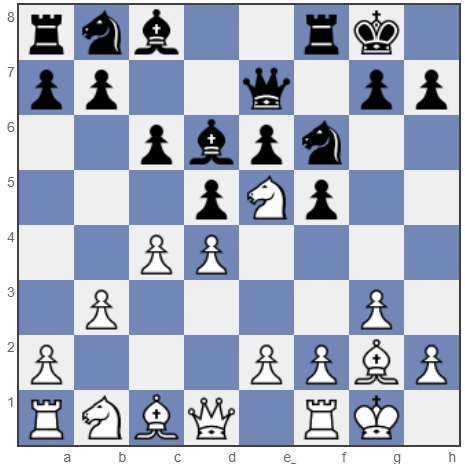
By using Dutch, he not only won the game but eventually won the tournament as well.
3. Who Invented Dutch Defense?
It's unclear who invented this opening, but it was first recorded by Elias Stein in Nouvel Essai sur le jeu des échecs in 1789. Alekhine and Nimzovich popularized this strategy by extensively using it during the "hypermodern revolution" of the 1920s.
A decade later, Mikhail Botvinnik played the Stonewall variation successfully, surprising the chess world. The ever experimenting chess players like Dane and Bent Larsen also successfully implemented Dutch defense to win.
Later in the 1990s, the Dutch was a famous opening, often used by Short, Kramnik, and Yusupov.

To Shock Your Opponent
The fact that Dutch defense is a lesser-known chess opening for Black has its own advantage.
Most White players expect the Slav defense or the Grunfeld defense when they play the queen's pawn 1. d4. So, you can always use the Dutch to take your enemy player by surprise.
They will need time to recover from the shock and come up with a middlegame strategy. Thus, giving you enough opportunity to plan attacks.
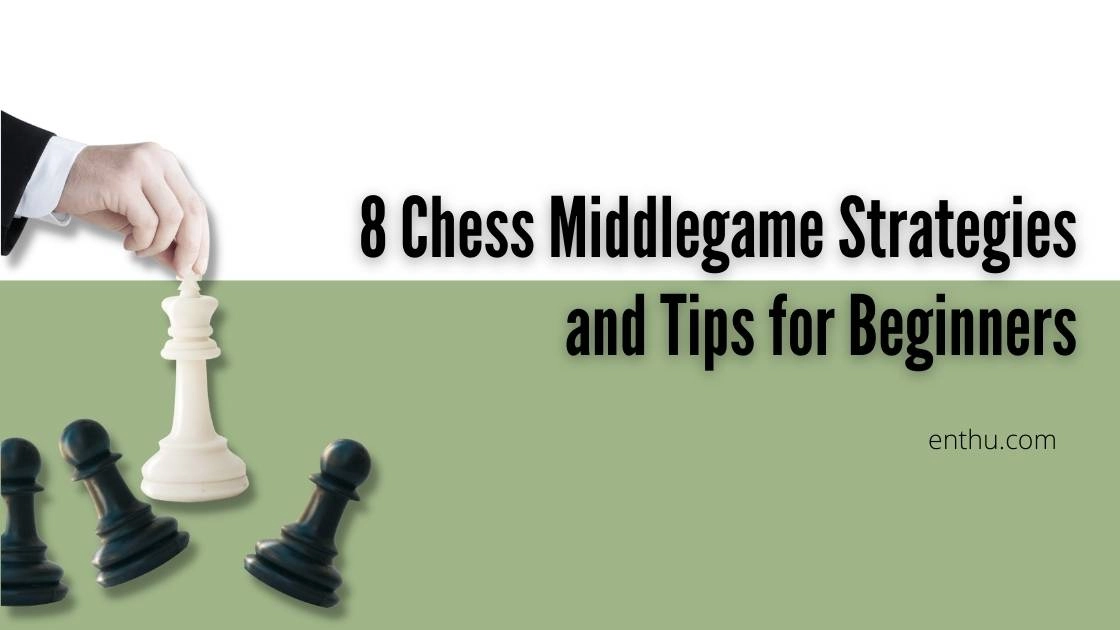
To Take Control of The Pawn Structure
Black can overpower White's pawn structuring plans by taking hold of a central square with 1…f5. In Dutch defense, Black develops an asymmetrical pawn structure surprising the White player.
To Analyze the Strategy and
Modify moves Unlike popular strategies like the Sicilian defense, there isn't much theoretical study on the Dutch defense.
On top of that, it's been used by countable chess players (in chess history). Therefore, it leaves enough scope for you to go through its variations and modify them according to your strategy.
Who knows! You may also come up with a new variation of Dutch altogether.
To Gain Experience in How to Play Aggressive Openings
You can't always play safe in chess. Even if you plan to play safely in the major tournaments, you must know to play aggressively.
The Dutch defense is scary. It comes with a risk of the Black's king. You must try this strategy in club-level games to practice playing aggressively.
Also, you checkout this to see how to setup Dutch defense in a chess game.
As every sculpture needs a sculptor, so does every chess player a coach. Find the right mentor at EnthuZiastic to win every chess game.


Conclusion
The Dutch defense has a scary yet effective name amongst high-rated chess players. As you have seen in the above examples, whenever a chess player successfully opened with the Dutch defense, the opponent was destroyed in no time.
I suggest beginners try playing the Dutch defense. It's aggressive, and it will make you ready for future games with more experienced players.
FAQs
1) Is Dutch Defense a good chess opening?
There's no good or bad in chess openings. The question is if you can pull it off successfully. In the case of Dutch defense, it's considered risky, aggressive, and unexpected.
The chances of drawing are very less. Therefore, you should play Dutch defense if you're well-versed with its aggressive outcomes. Also, some consider it good for a low-rated game because it can easily scare off your opponent and increase your chances to win the game.
2) What is the best Dutch defense variation?
The most popular variation of Dutch defense is obviously the Leningrad variation. However, after 2015, the Hopton Attack gained immense popularity amongst chess players of varied ratings.
If you're a beginner, the Leningrad variation is the best Dutch defense for you.
3) What are other openings for Black against 1. d4 other than Dutch defense?
The Slav defense and the Grunfeld defense are the two other most effective defenses against 1. d4.

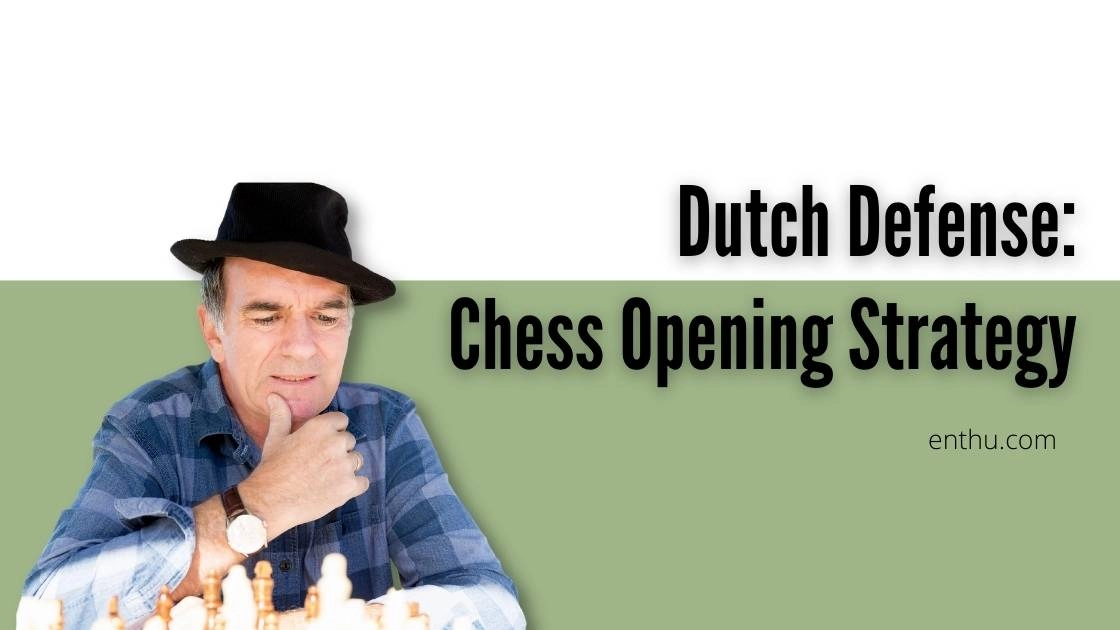
Comments